The Art Gallery of Ontario (AGO) is for me a home away from home. I purchased a membership to enable me to frequently visit paintings that I consider old friends. Each time I see them, I discover another facet of their life as they reveal details that I have not seen before, even though I have spent time with them on many occasions. With every visit, my life is enriched, as these friends allow me to access their stories and explore the skills of those who created them. It is a quietly fantastic experience.
The beginnings of the Art Gallery of Ontario (AGO) commenced in the auspicious year 1900, when a new century was born. In that year, Toronto painter George Reid, president of the Ontario Society of Artists, joined forces with a prominent banker, Edmund Reid, to raise funds for a permanent gallery for art exhibitions. The gallery was to be named the Art Museum of Toronto. In 1903, the Ontario Legislature passed an act to officially recognize this new institution, even though it did not possess a permanent site for its exhibitions. In the meantime, the society displayed works of art in various locations, the old Toronto Reference Library at College and St. George Streets being one of them.
In 1909, the Grange, the Georgian mansion of Goldwin and Harriet Smith, was bequeathed to the society for the explicit purpose of creating an art gallery for Toronto. The home was located south of Dundas Street, between McCaul and Beverley Streets. The society took possession of the property, established their offices in the building, and renovated it for exhibitions. The first showing was held in the Grange on June 5, 1913, consisting mainly of the art collection of their benefactor, Goldwin Smith. However, the prospects of the gallery’s growth were limited unless more space became available. In response to this need, the Ontario Government began purchasing and expropriating land on Dundas Street, to the north of the Grange.
In 1916, construction commenced on the new gallery. Designed in the Beaux-Arts style, its architects were Darling and Pearson. The square-shaped structure opened on April 4, 1918, built to the north of the Grange, its south wall attached to it. Patrons temporarily accessed the new building through the Grange until the following year, when the door facing Dundas Street was opened. In 1919, the gallery’s name was changed to the Art Gallery of Toronto. By 1922, on the land on Dundas Street, purchased by the Ontario Government, the few remaining houses had been demolished, and space was now available for further expansion.
Another wing was added to the Art Gallery of Toronto in 1926. Two new galleries were built in 1935, their architect Darling, Pearson and Cleveland. In 1966, the name of the gallery was changed to the Art Gallery of Ontario (AGO) to reflect its enhanced role in the artistic life of the province. During the 1970s, construction commenced to create space for the collection of the Henry Moore sculptures and to create a new Canadian wing. Because of the many wings added to the gallery, in 1989, the architects Barton, Myers and Associates were commissioned to redesign the interior to create a more cohesive interior appearance. Then, in 1993, the Tanenbaum Sculpture Atrium was built on the south side of the gallery, facing Grange Park.
In 2002 the largest expansion in the gallery’s history began. Toronto-born Frank Gehry redesigned and transformed the gallery. Its exhibit space was increased by 50%, to a total of 583,000 square feet. An enormous structure of glass and natural wood was built extending the full length of the building on the side facing Dundas Street. Named the Galleria Italia, it has been referred to as a “crystal ship” with a great sail at its eastern end. On the south side of the gallery, facing Grange Park, a four-story wing was added, covered with blue titanium. It contained a sculpted staircase on its exterior that appeared as if it were suspended in space. The building’s interior was redesigned to improve the hallways, staircases and ramps, employing generous amount of natural wood. The total cost was $500 million, of which Ken Thomson donated $50 million, along with 2000 works of art. In November 2008 the transformed gallery was officially opened.
The first group exhibition of the Group of Seven was held in the gallery in 1920. Over the many decades, the AGO has presented many other special exhibitions — King Tutankhamen (1979), Barnes Collection (1994), Courtauld Collection (1998), Treasures of the Hermitage (2001), Turner-Whistler-Monet (2004), Catherine the Great (2005), and Picasso (2012). The Art Gallery of Ontario’s collection contains 2000 years of art history and over 80,000 works of art from Canada, North America, South America, Europe, Africa, Oceania and Asia. The AGO also has the largest collection of Henry Moore sculptures in the world.
The Grange in 1907, when it was the home of Goldwin and Harriet Smith. Toronto Archives, Fl 1244, it 0304(1)
Plank boardwalk allowing visitors to reach the Grange from Dundas Street in 1913. Houses in the distance are on the north side of Dundas Street. In this year, houses remained on the south side of Dundas Street. They are on the right-hand side of the photo. Toronto Archives, F1244, it.0315(1).
The Grange in February 1913, when the Art Museum of Toronto owned the property. This was year of its first exhibition in the building. Toronto Archives, Series 372, SS53 it70
View of the square-shaped building constructed in 1918, designed by Darling and Pearson. The north facade (left-hand side), facing Dundas Street is in the Beaux-Arts style. Houses on McCaul Street can be seen in the distance, to the east of the gallery. The west facade of the Grange and its large chimney are visible on the south side of the new gallery. Photo from Toronto Archives, S0372, SS0041, it0314(1). Photo is dated 1922.
Sculpture Court (Walker Court) on August 3, 1929. The fountain in the centre of the court is today outside the gallery on its west side. Toronto Archives, S0372, SS0372, It.0199
A 1950s postcard depicting the Beaux-Arts style entrance on the north facade of the Art Gallery of Ontario. Collection of the Toronto Archives, Series 330, SS567, Sheet I.
A 1950s postcard showing the north facade of the gallery. Collection of the Toronto Archives, Series 330, SS576, Sheet I.
Art Gallery of Ontario in August 2015, the enormous glass and natural wood of the Galleria Italia overlooking Dundas Street.
The Walker Court in 2015, the Frank Gehry transformational alterations evident.
View of the interior of the Galleria Italia, the 19th-century houses on the north side of Dundas Street visible through the enormous glass panels.
View of the north facade of the Grange through the glass windows of the Tanenbaum Sculpture Gallery in August 2015.
Marble bust of Pope Gregory XV carved in 1621 by Gian Lorenzo Bernini, on display in the European Galleries.
Gallery containing paintings of Lauren Harris
Painting by Clarence Gagnon in the Canadian collection at the AGO.
The Barns by A. Y. Jackson
Winter scene in Toronto by Lauren Harris
British Columbia totems by Emily Carr
Painting in the special Emily Carr Exhibition of 2015.
To view the Home Page for this blog: https://tayloronhistory.com/
To view previous blogs about movie houses of Toronto—historic and modern
Recent publication entitled “Toronto’s Theatres and the Golden Age of the Silver Screen,” by the author of this blog. The publication explores 50 of Toronto’s old theatres and contains over 80 archival photographs of the facades, marquees and interiors of the theatres. It relates anecdotes and stories of the author and others who experienced these grand old movie houses.
To place an order for this book:
Book also available in Chapter/Indigo, the Bell Lightbox Book Store and by phoning University of Toronto Press, Distribution: 416-667-7791
Theatres Included in the Book:
Chapter One – The Early Years—Nickelodeons and the First Theatres in Toronto
Theatorium (Red Mill) Theatre—Toronto’s First Movie Experience and First Permanent Movie Theatre, Auditorium (Avenue, PIckford), Colonial Theatre (the Bay), the Photodrome, Revue Theatre, Picture Palace (Royal George), Big Nickel (National, Rio), Madison Theatre (Midtown, Capri, Eden, Bloor Cinema, Bloor Street Hot Docs), Theatre Without a Name (Pastime, Prince Edward, Fox)
Chapter Two – The Great Movie Palaces – The End of the Nickelodeons
Loew’s Yonge Street (Elgin/Winter Garden), Shea’s Hippodrome, The Allen (Tivoli), Pantages (Imperial, Imperial Six, Ed Mirvish), Loew’s Uptown
Chapter Three – Smaller Theatres in the pre-1920s and 1920s
Oakwood, Broadway, Carlton on Parliament Street, Victory on Yonge Street (Embassy, Astor, Showcase, Federal, New Yorker, Panasonic), Allan’s Danforth (Century, Titania, Music Hall), Parkdale, Alhambra (Baronet, Eve), St. Clair, Standard (Strand, Victory, Golden Harvest), Palace, Bedford (Park), Hudson (Mount Pleasant), Belsize (Crest, Regent), Runnymede
Chapter Four – Theatres During the 1930s, the Great Depression
Grant ,Hollywood, Oriole (Cinema, International Cinema), Eglinton, Casino, Radio City, Paramount, Scarboro, Paradise (Eve’s Paradise), State (Bloordale), Colony, Bellevue (Lux, Elektra, Lido), Kingsway, Pylon (Royal, Golden Princess), Metro
Chapter Five – Theatres in the 1940s – The Second World War and the Post-War Years
University, Odeon Fairlawn, Vaughan, Odeon Danforth, Glendale, Odeon Hyland, Nortown, Willow, Downtown, Odeon Carlton, Donlands, Biltmore, Odeon Humber, Town Cinema
Chapter Six – The 1950s Theatres
Savoy (Coronet), Westwood
Chapter Seven – Cineplex and Multi-screen Complexes
Cineplex Eaton Centre, Cineplex Odeon Varsity, Scotiabank Cineplex, Dundas Square Cineplex, The Bell Lightbox (TIFF)
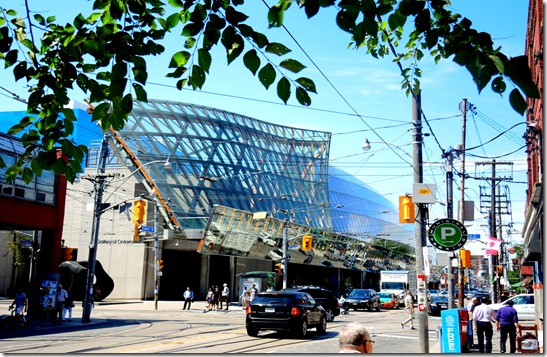
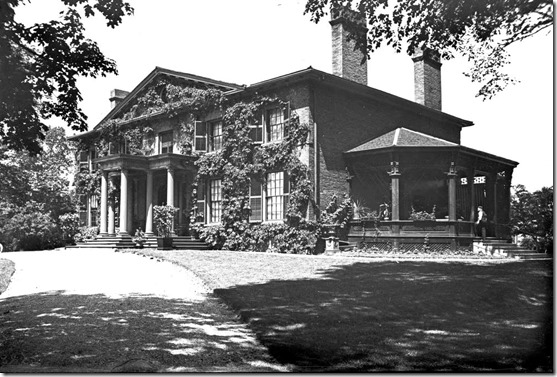
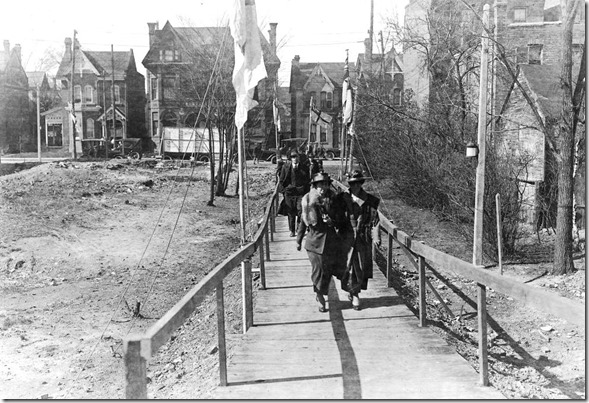
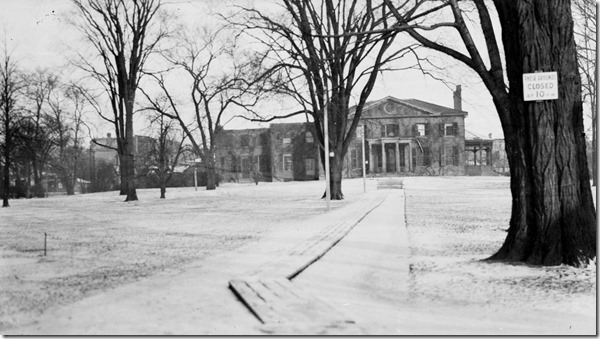
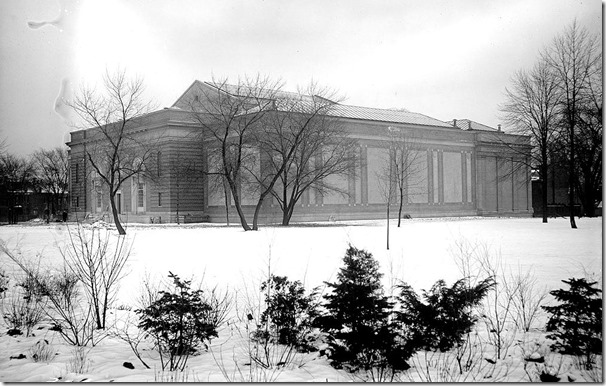
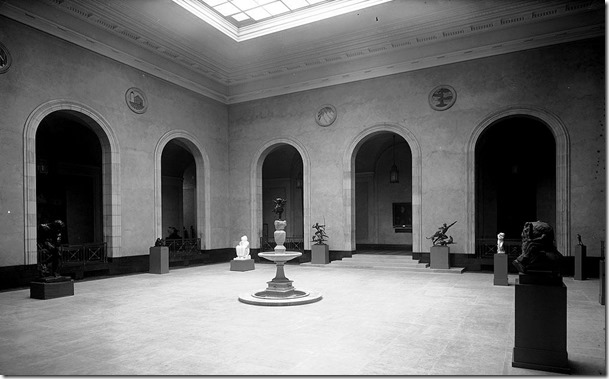
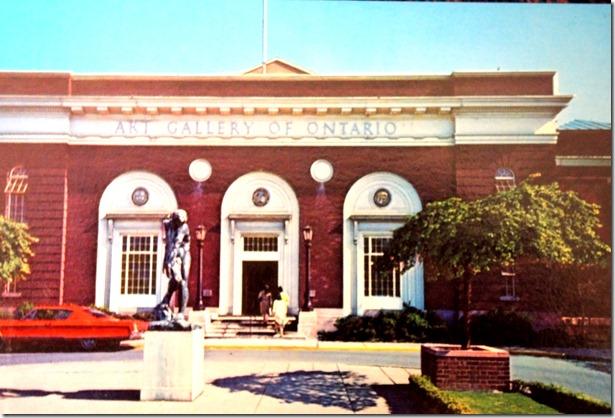
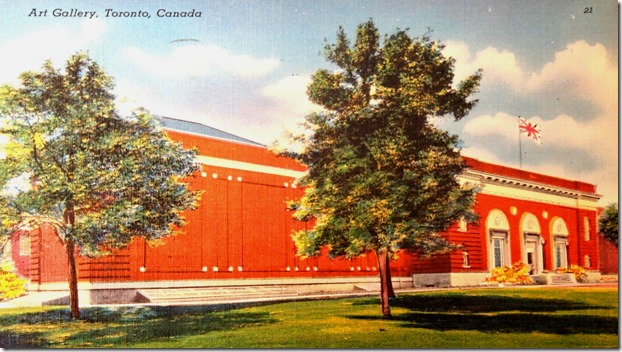
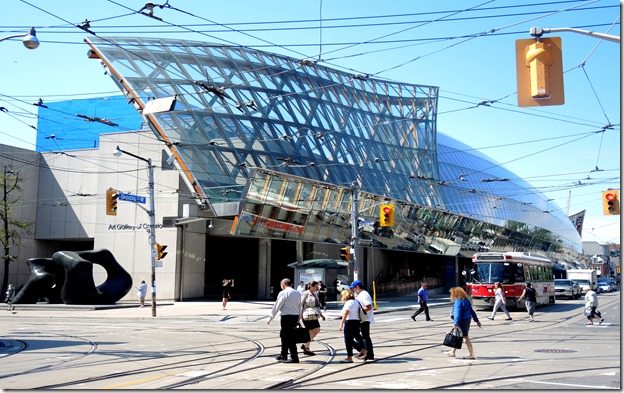
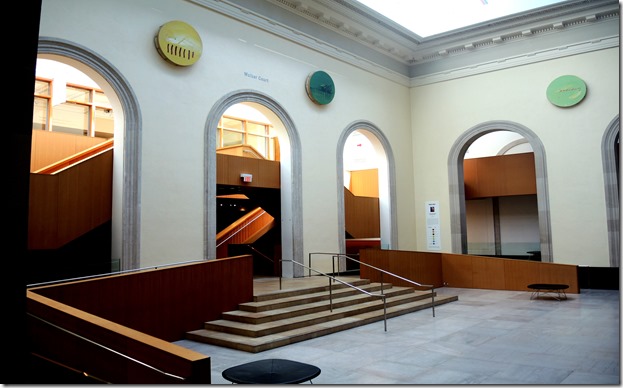
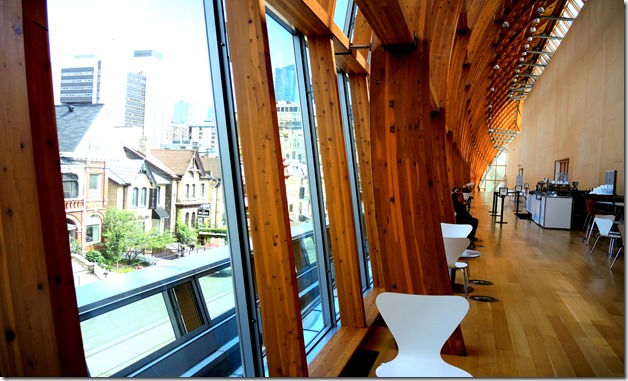
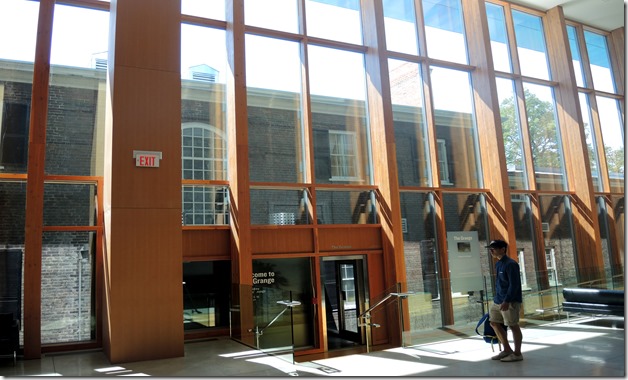
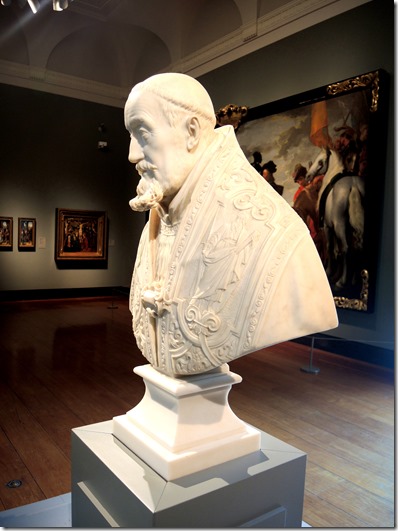

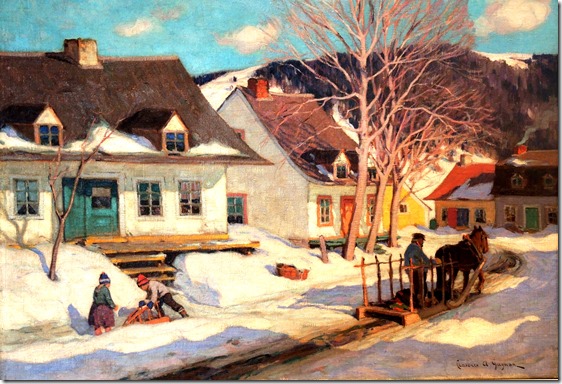

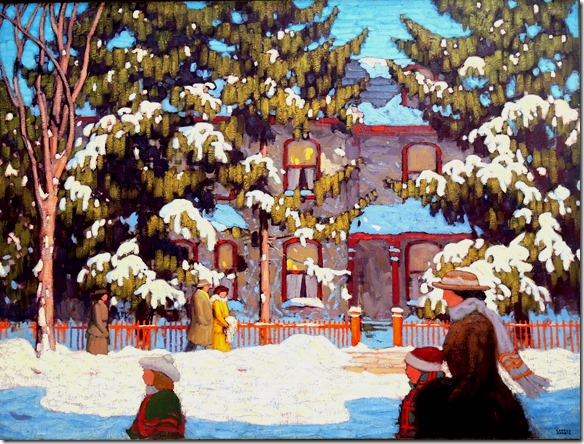
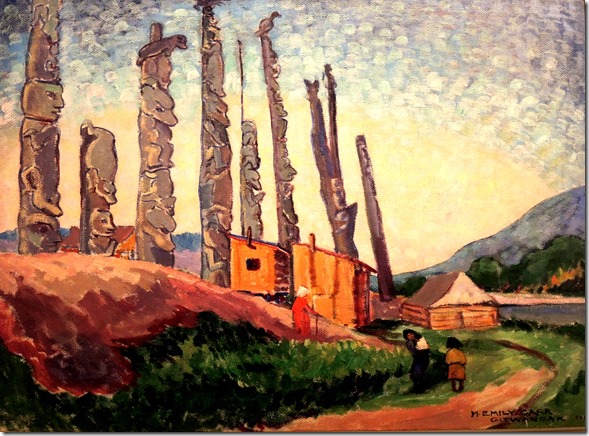
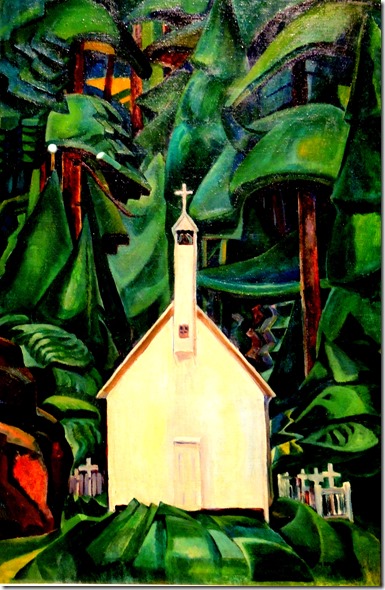
![cid_E474E4F9-11FC-42C9-AAAD-1B66D852[2] cid_E474E4F9-11FC-42C9-AAAD-1B66D852[2]](https://tayloronhistory.com/wp-content/uploads/2015/08/cid_e474e4f9-11fc-42c9-aaad-1b66d8522_thumb.jpg)

